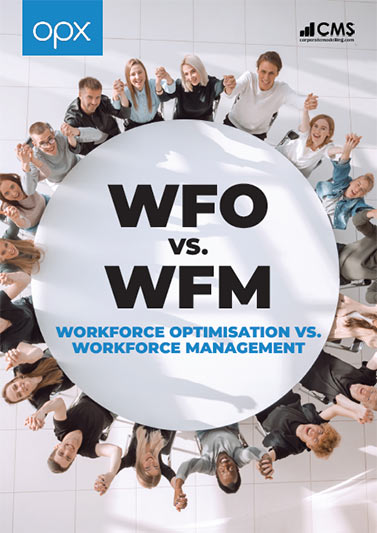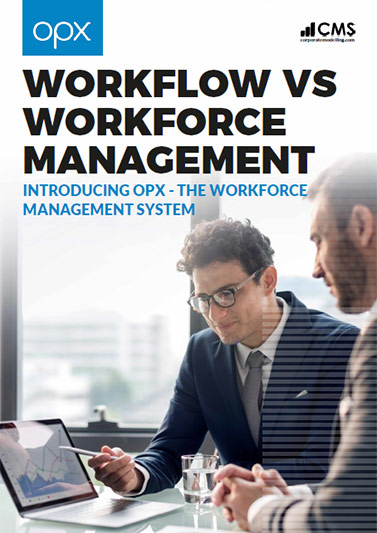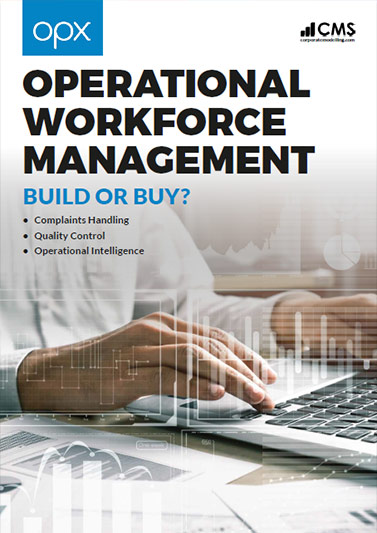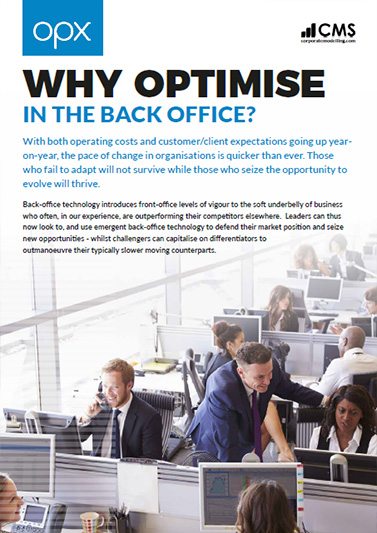Large enterprises can no longer rely on spreadsheets to run the finance function. Find out the drivers behind the transformation, and how CFOs can use new technologies to reposition to a strategic role.
Traditional software, some dating from the 1980s, is still the most popular tool among finance professionals. However, usage is declining.
Perception is also shifting. Mark Garrett, Adobe’s CFO, is on record as saying, ”I don’t want financial planning people spending their time importing and exporting and manipulating data, I want them to focus on what is the data telling us,”.
There are many reasons for this change – in both usage and perceptions – particularly for large enterprises.
There are the growing burden of regulations. Alongside rapidly shifting economic pressures. Plus the fact that CFOs need a unified visibility of data for more strategic decision-making.
Ultimately, it’s about digital transformation of corporate performance management.
Hackett Group’s ‘The CFO Agenda’ found 97% of finance leaders surveyed expected digital transformation to ‘alter the function’s operating model’. Yet just 35% said they have the capabilities to execute digital transformation.
Bridging the digital divide
Of course, every journey starts with single step. For CFOs and their teams, the first step means moving away from traditional spreadsheets. So let’s explore some reasons why that has to happen sooner, rather than later.
Risk
Manually entering data has always carried risks. However, the regulatory landscape has never been more challenging. Demands for real-time performance data means that any mistake is instantly highlighted and magnified. Conviviality’s recent profits warning, one of two which wiped 60% off its stock market value, was put down to ‘a spreadsheet arithmetic error’.
No CFO at a large enterprise wants, or can afford, to make these mistakes. Especially at a time when globalisation has brought the complexity of international transactions. That’s why many finance leaders look to harness the advantages of automation, to increase productivity, improve efficiency, and reduce errors.
Scalability
Ninety percent of the world’s data was created in the past two years.
Traditional spreadsheet programs simply weren’t built to crunch data on the scale required today. Uploading data sets will see many spreadsheet programs buckle or even judder to a halt. What’s more, there’s no sign of things slowing any time soon.
For a readymade solution, CFOs are embracing the cloud. There’s cost-effective scalability (storage and infrastructure continue to drop in price). Plus the potential to solve the age-old problem of unifying disparate data sources in real-time, with end-to-end visibility. From consolidation and budgeting, through to planning and forecasting, plus advanced reporting and analysis. This has always been a headache for CFOs at global organisations, with dispersed data, storage, and infrastructure. There’s also the cloud’s capability for the three pillars of agile process control: transparency, inspection, adaptation.
Collaboration
If data is siloed, there’s no way to ensure consistency between applications.
Particularly because in today’s fast-moving business environments, plans and forecasts are subject to similarly fast changes. The only solution is a centralised approach to storage, governance, and corporate performance management. That’s something that traditional spreadsheets will always struggle to deliver.
Data visualisation
Interactive reporting, value driver visualisation, geospatial analysis, waterfalls and other data visualisation concepts… these are the sorts of technologies that CFOs need now and the future.
For large data sets, and reporting to non-CFO colleagues, the ability to visually present complicated data is essential. Ideally, from one integrated dashboard.
Making the change
Let’s be clear. Spreadsheets are still essential to the finance function.
However, they must be supplemented, augmented, and in some cases supplanted by alternative options. Otherwise CFOs will lose competitive advantage to those who are embracing more transformative tools.
Published by CEO.Digital







 Thank you for your interest in our whitepaper. You can download Workforce Optimisation vs Workforce Management by clicking the button below.
Thank you for your interest in our whitepaper. You can download Workforce Optimisation vs Workforce Management by clicking the button below. Thank you for your interest in our case study. You can download the HCL IBS Case Study by clicking the button below.
Thank you for your interest in our case study. You can download the HCL IBS Case Study by clicking the button below. Thank you for your interest in our case study. You can download the ReAssure Case Study by clicking the button below.
Thank you for your interest in our case study. You can download the ReAssure Case Study by clicking the button below. Thank you for your interest in our case study. You can download the Student Loans Case Study by clicking the button below.
Thank you for your interest in our case study. You can download the Student Loans Case Study by clicking the button below. Thank you for your interest in our case study. You can download the Principality Building Society Case Study by clicking the button below.
Thank you for your interest in our case study. You can download the Principality Building Society Case Study by clicking the button below. Thank you for your interest in our whitepaper. You can download WorkFlow vs WorkForce Management by clicking the button below.
Thank you for your interest in our whitepaper. You can download WorkFlow vs WorkForce Management by clicking the button below. Thank you for your interest in our whitepaper. You can download Homeworking in Financial Services Operations by clicking the button below.
Thank you for your interest in our whitepaper. You can download Homeworking in Financial Services Operations by clicking the button below. Thank you for your interest in our whitepaper. You can download Workforce Optimisation for the Back Office by clicking the button below.
Thank you for your interest in our whitepaper. You can download Workforce Optimisation for the Back Office by clicking the button below. Thank you for your interest in our whitepaper. You can download Operational Workforce Management: Build or Buy? by clicking the button below.
Thank you for your interest in our whitepaper. You can download Operational Workforce Management: Build or Buy? by clicking the button below. Thank you for your interest in our whitepaper. You can download Homeworking & Back Office Workforce Optimisation by clicking the button below.
Thank you for your interest in our whitepaper. You can download Homeworking & Back Office Workforce Optimisation by clicking the button below. Thank you for your interest in our whitepaper. You can download Why Optimise in the Back Office? by clicking the button below.
Thank you for your interest in our whitepaper. You can download Why Optimise in the Back Office? by clicking the button below.